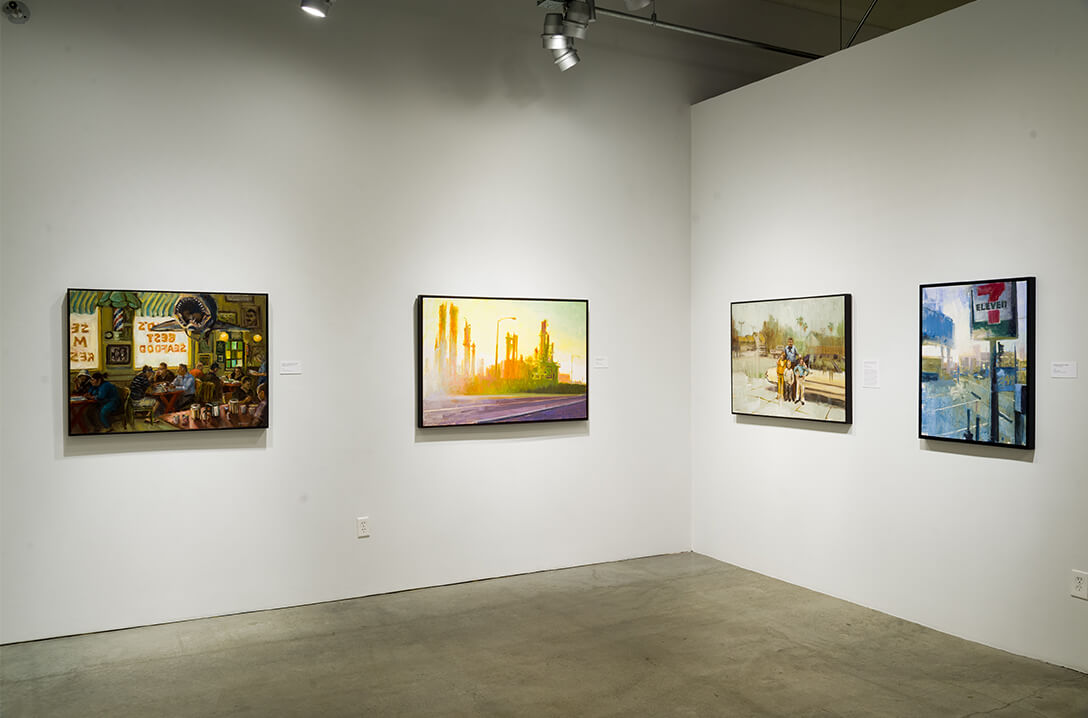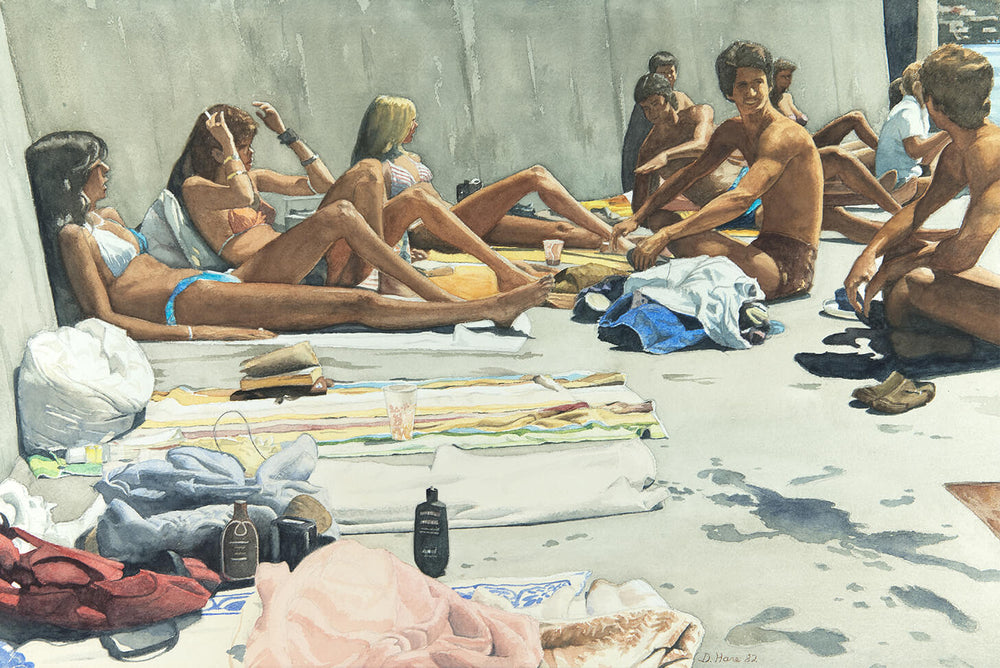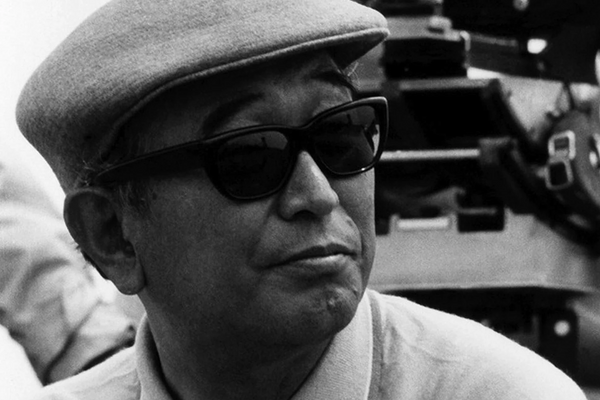There exists no landscape more stained by mythology and buoyed by romantic expectation than the California coast. The jagged coastline has always served as a magnet for optimists, dreamers, romantics, runaways, and mavericks. The history of the California coast, then, is the history of these renegades who have sought out California’s fault lines – separating the world we know and the world we wish it were.




In the Land of Sunshine: Imaging the California Coast seeks to chronicle that history, celebrating a breadth of California art as diverse and vibrant as the golden coast its title summons. The exhibition, currently on display at the Pasadena Museum of California Art, is named after Land of Sunshine, a 19th century magazine dedicated to promoting the paradise of Southern California.
The engine behind this undertaking is Gordon T. McClelland, art historian, curator and surfer. Born and raised in SoCal, McClelland’s fascination with the many representations of California has been a lifelong conversation: “I grew up on the California coast; surfed regularly since I was a child and have collected all types of art, historical information and memorabilia relating to the development of California coastline culture. My entire adult life has been spent researching and documenting California art, California history, and especially California social history.”
The exhibition assembles an ambitious tour of oil, watercolor, and acrylic paintings alongside magazines, posters, photographs and other ephemera. Despite the rarity of pre-1906 artworks (the majority of Californian art was destroyed in the 1906 earthquake), there are a few key pieces like the vintage advertisements for the Pacific Mail Steamship Company and Union Pacific railroad. These companies played integral roles in whipping up Gold Rush frenzy and transporting 49ers to chase their dreams of fortune.




From there, the exhibition travels through the early twentieth century, displaying artworks that chronicle the rapid cultural and economic developments unfolding up and down the coast. McClelland explains, “For the period 1910 to 1930 there are mostly Post-Impressionist style paintings depicting scenes of the cities and small towns that were developing in places.They reveal beach attire and the type of architecture typical to that time… and the growing issues relating to the increased automobile traffic along the coast.”
The final section of the exhibition, Mid-20th Century Art and Surf Culture Art, showcases the innovative style of watercolor painting pioneered by Art Riley and the John Van Hamersveld for Bruce Brown’s classic surf film, The Endless Summer. The exhibition’s prominent display of commercial illustration, which has often been overlooked by museums, was important for McClelland. “PMCA was open to me including a rather large number of engaging works by artists that produced American illustration style art,” he explains, “I feel it is one of the most important contributions America has made to world art.” This thread continues into the late-twentieth and early twenty-first-century artwork, with John Serverson’s Surf Classic films and Bill Ogden, the premier psychedelic surf culture artist – both prolific artists who fueled the drug-beach culture synonymous with California coastal representations in the 1990s and today.


The walls are filled with the visions of creators eager to sell and share their story of the Californian dream. The dream can’t be contained within the gallery’s walls; the Golden State’s romantic mythology continues to unfold, in the art the we create, the stories we tell, the glasses we design. Like the fault lines in our soil, each retelling shifts the ground beneath our feet and alters the shape of the horizon. The dream of the California coast is as old and as new as the people who love to retell it.



